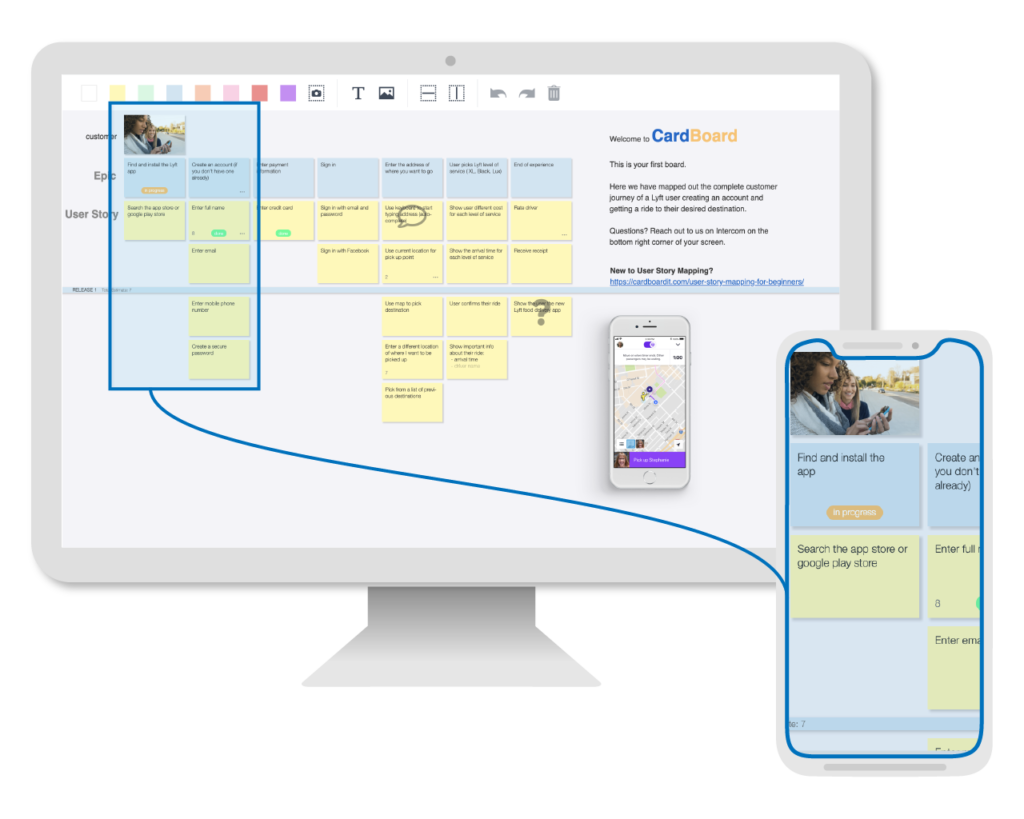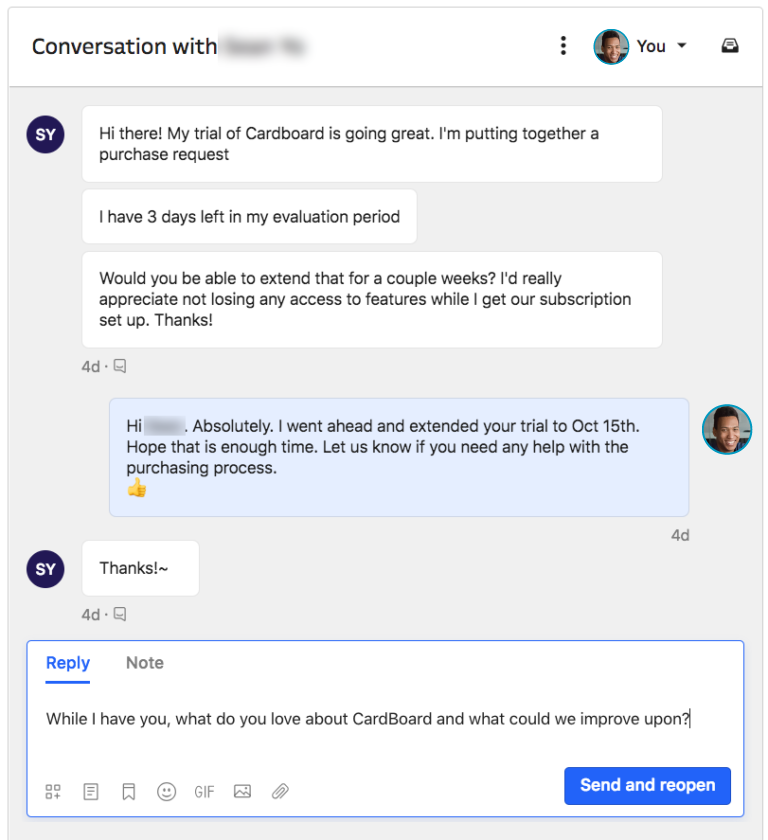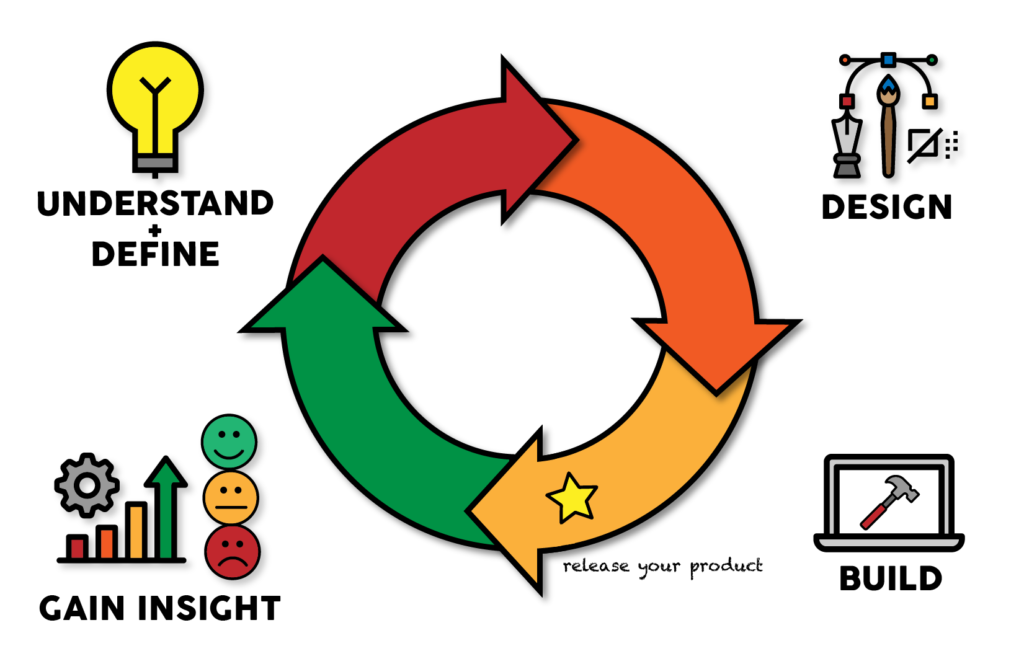Three trends for 2020

As more team members work remotely, finding visual collaboration tools will become vital for teams
With more workers switching from working in cubes to working remotely, finding tools to help with the collaboration process will become more important. Recently, tools like Slack, Trello, CardBoard and Zoom have taken off because they help keep remote team members plugged-in. As more employees work from home, staying connected poses several challenges.
Face to face communication is still one of the most effective means of communications. The tools we choose need to replicate the experience of being right next to the person(s) you are collaborating with. Working remote possesses its’ own benefits: “People who work from home save an average of 500+ hours per year on the ‘get ready to do a job they’re already ready to do’ routine and commute. On the employer’s side, hiring potential is no longer limited to a small geographic area — this opens the company up to a significantly larger talent pool,” —Kari DePhillips, CEO of The Content Factory

Teams will need to find new ways to talk to customers to continue building successful products
We all know we need to get out of the building and talk to our customers, still almost everyone struggles to find enough time to do it. According to a survey by Alpha, 86% of Product Managers admit that they don’t spend enough time talking to end users of their products. How do we talk to customers?
One way to build a communication channel for your customers is to use an in-app messaging platform. We started using Intercom a couple of years ago and it has been great for both us and our customers. When you think about supporting customers, many people still rely on the phone or a good ole email to support@your_company.com. While these things are ok, it’s not the future of starting conversations with your customers.
A chat app that is baked right into your application is the way to go. They provide an easy way for customers to reach out for help, talk about things they like and dislike, and have meaningful conversations about your product. At CardBoard, we prefer this approach over interviews, usability tests and surveys.
I included a recent conversation from a trial customer who wanted to extend their trial.We were able to strike up conversation and get some valuable feedback on our product. From this conversation, I learned about a small feature they wanted and the “why” behind it. It wasn’t the first request for this particular feature so I gained confidence that it was time to build the feature. Use every opportunity you have to engage with your customers so that you can learn more about them and your product.

It’s important to find ways to fit yourself into these “touch points” with customers. Sales and support teams are two functional groups that talk to customers. Consider joining these teams or building relationships to insert yourself into customer conversations.
DevOps will be crucial investment because software is never done
Once a product is released, it might feel like you are done. However, this just means you are ready to start learning what to build next. With more applications moving to mobile and web, it’s fairly straight-forward to instrument your product to learn if customers are using what you released and how much value they are getting from it.
Not all ideas are good ones, but getting them out there and testing them before scaling will be vital for the next decade. Good DevOps practices have paved road for ideas to move into production quickly. When amazon.com moved to AWS, Jon Jenkins said it allowed them to kick off a release to production every 11.6 seconds. With this new capability, it allowed them to release to production faster and automatically rollback on a mistake.
After you release is a good time to talk to customers and make sure they are able to accomplish their goals. From here you gain new insights into what kind of problems to solve next. Maybe a feature you just released isn’t discoverable (users don’t even know it’s there) or customers don’t like it. It’s important to instrument your product to gain insight into how your customers are using your product. Services like Google Analytics and Mixpanel allow you to capture analytics for your product.
The real model of product development is iterative and looks something like this:

Key takeaways for DevOps
- You need an automated build pipeline that builds, runs tests and deploys to staging/production quickly.
- Instrument your code to get the answers to questions you have and assumptions you’ve made during the build process.
- Iterate on your product because software today is never done.
Ready to try CardBoard for yourself? Sign up to start your 14 day free trial!
Didn’t find what you need? Visit our Help Center to find answers or get in contact with our team.
